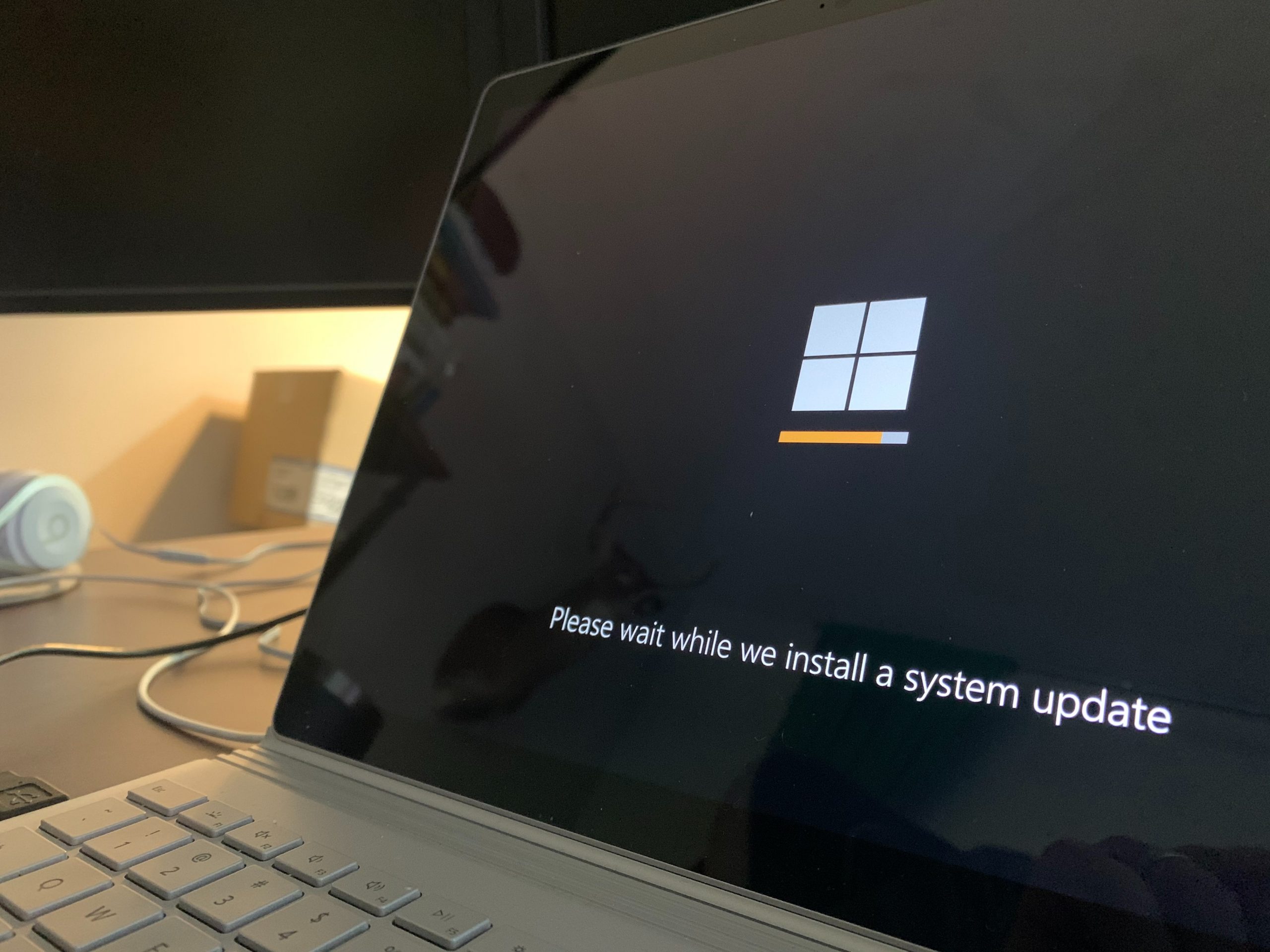Did you invite the hackers in yourself? Hundreds of German companies are waking up to the revelation that “German” cyber-security company Protelion is a front for a Russian company with links to Russian intelligence.
The hapless boss of the German IT Security agency even invited Potelion to sit on the German Cybersecurity Council. He is facing an unceremonious sacking…
Being able to roam freely inside the firewall and install agents with admin privileges is the dream of any hacker. There are at least one million devices running Protelion’s “security” software and the companies who invited Protelion in face a wholesale scrubbing of their entire IT infrastructure.
How do you plan to ensure that your security audits do not worsen your security?










